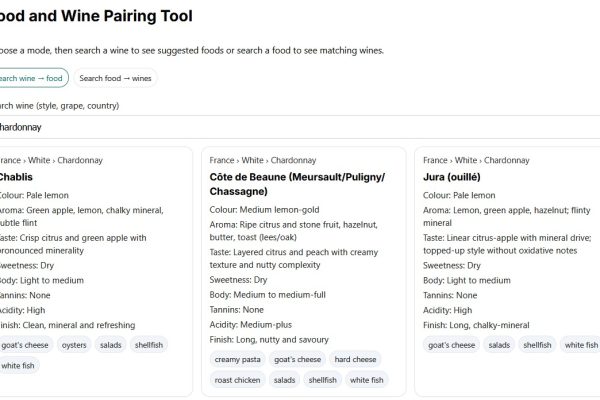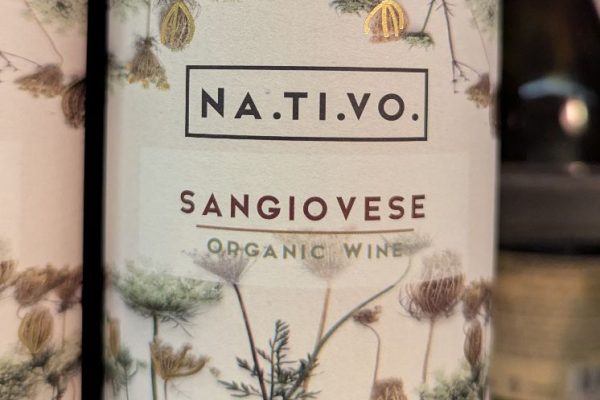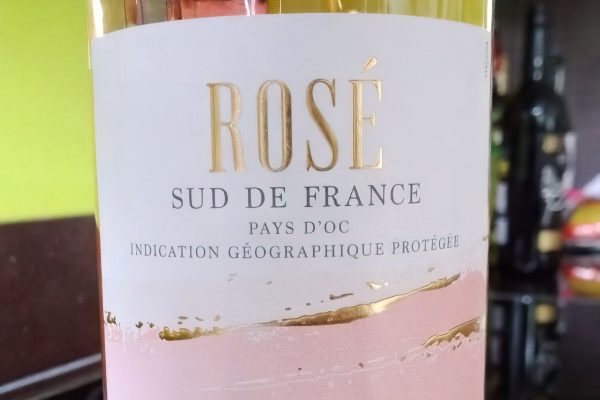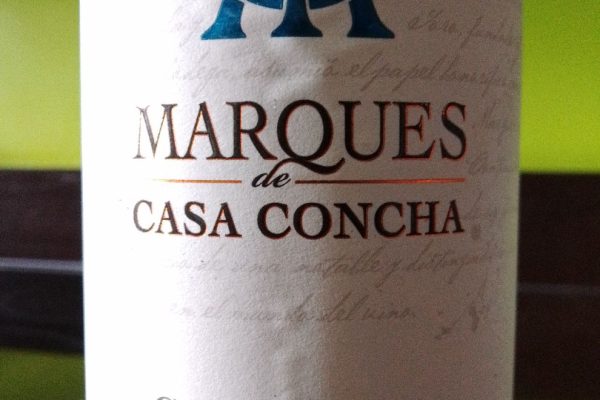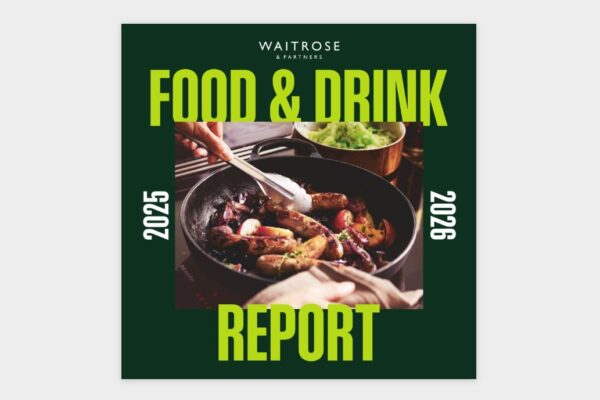A recent infographic crafted by Alberto Rojo Moro, drawing upon data from the International Organization of Vine and Wine (OIV), offers a vivid portrayal of the global concentration of wine production. For those of us in the UK, it’s intriguing to observe that the distribution of wine production doesn’t necessarily mirror the variety of wines available on our shelves. Conversely, when I travel to Spain, France, or Italy, it’s always evident that the majority of wines on offer are domestically produced.
Will these distributions continue in the face of climate change? As global temperatures rise and weather patterns become more unpredictable, the traditional wine-producing regions will experience shifts in their capability to produce quality wines. At what point might the UK enter the top 10 producing countries?







